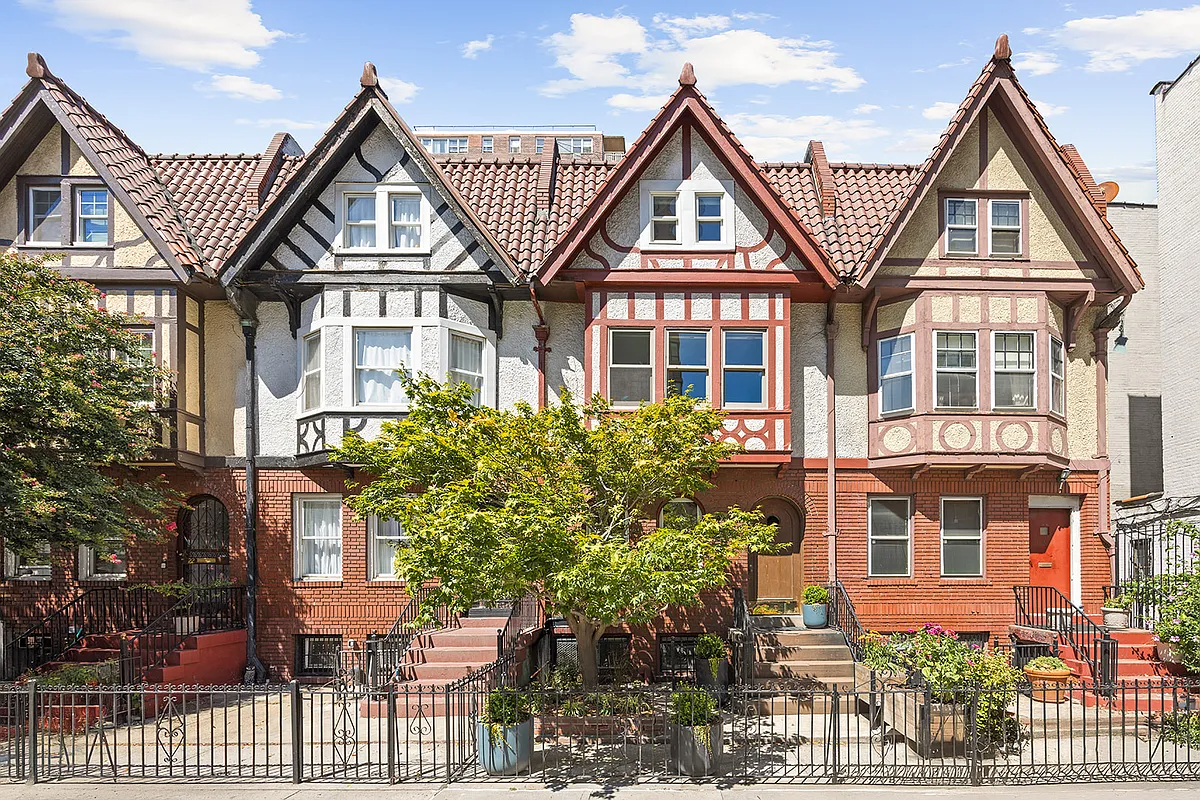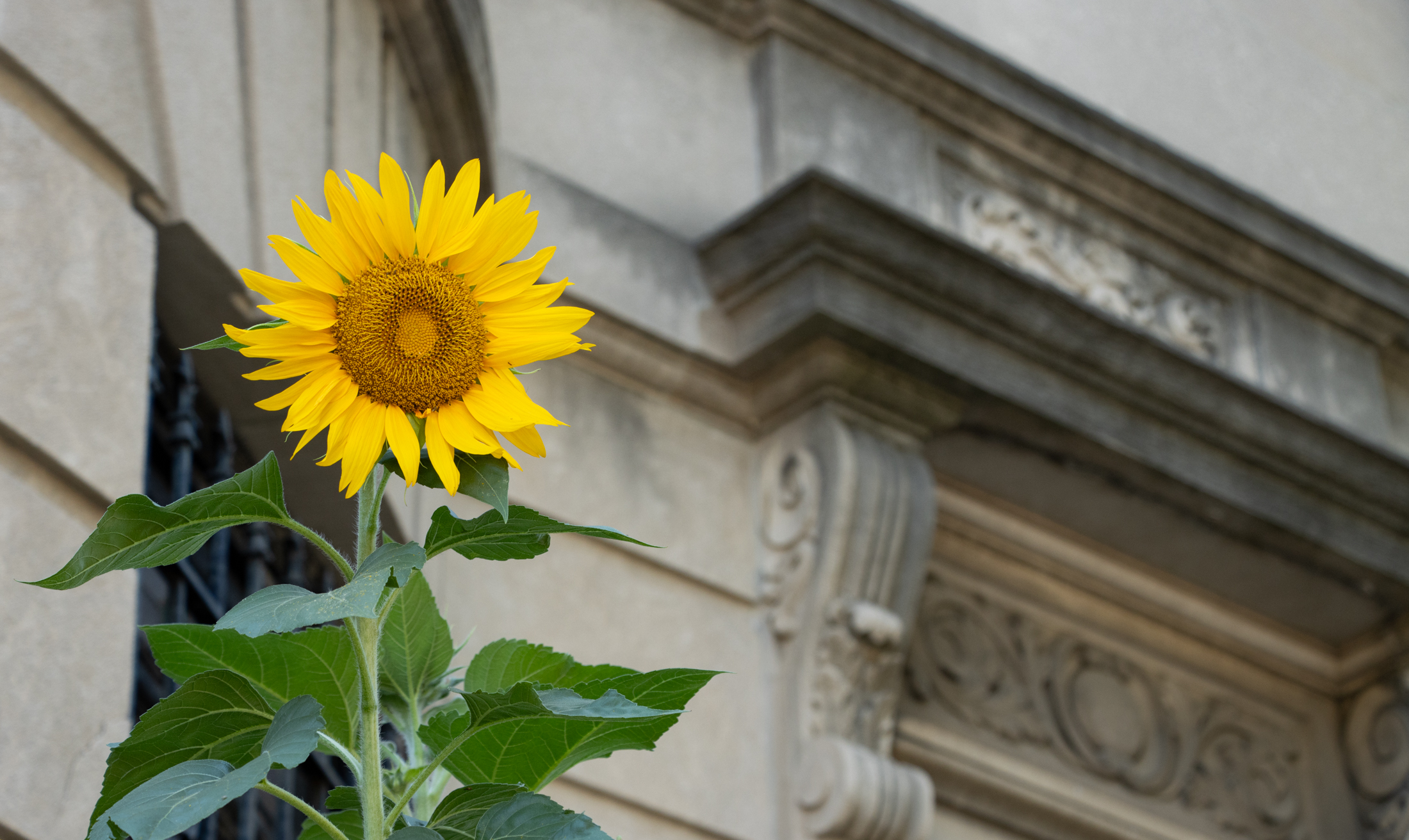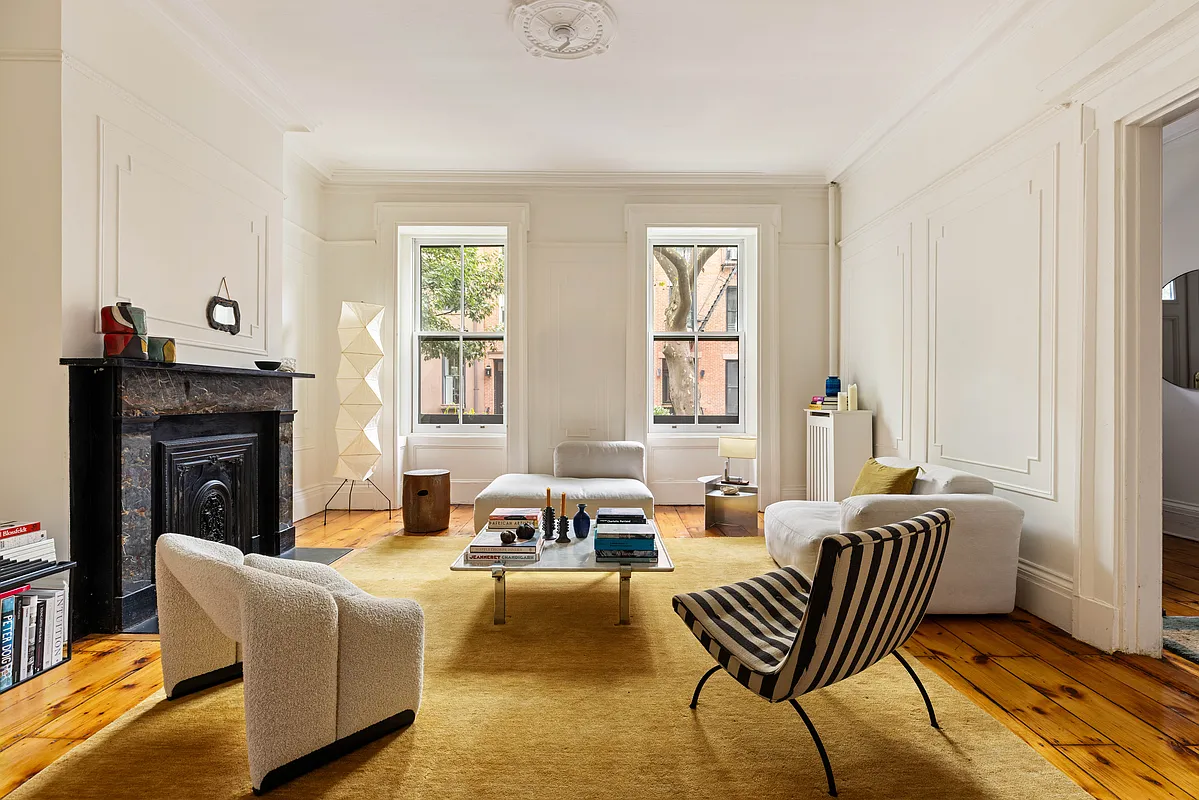Midwestern Beer Night
Pete Rose may or may not be a fan of great Midwestern craft brews. Either way, he still deserves to be in the Hall of Fame (as does Mark McGwire, if you were wondering). To judge by the beers on tap at even the best Brooklyn bars, it would seem that the craft brewing revolution…


Pete Rose may or may not be a fan of great Midwestern craft brews. Either way, he still deserves to be in the Hall of Fame (as does Mark McGwire, if you were wondering).
To judge by the beers on tap at even the best Brooklyn bars, it would seem that the craft brewing revolution (or “movement” if you get squeamish around hyperbole) is the sole establishment of the coastal elite, while our Heartland brethren continue tossing back cans of Schlitz without the slightest regard for hop content or mouthfeel. Last night, Barcade, possibly the city’s best source of not only vintage arcade games but also great craft brews, did their best to put this misconception to rest by showcasing 16 Midwestern beers that you’d be hard pressed to find anywhere else in the region.
When one thinks of American beers, the first city to jump to mind should probably be Milwaukee — after all, their baseball team is called the Brewers. Unfortunately, one also probably thinks of breweries like Miller and Pabst, and while our beloved PBR may have been the best beer in America in 1882, that’s hardly the case now. Making a stronger statement for the Brew City was Sprecher’s Black Lager, a beer whose coloring lives up to its name, though its taste is considerably milder than expected considering its jet black coloring. Starting with a nice dose of hoppy crispness, confirming that it is indeed a lager despite looking like a porter, the beer finishes sweet and toasty, an all around solid cold weather brew. Equally dark (darker, actually, with even the head coming out brown) and a lot more formidable was Michigan brewery Bell’s Hell Hath No Fury, a Belgian style Strong Ale, which is, simply put, a whole lot of beer. Unfortunately, Bell’s other offering, their Winter White, was a bit of a letdown; although not buried in citrus, like many American white ales (*cough* Blue Moon *cough*), the flavor was a bit bland, and lacked anything close to the weight necessary to work well as a winter seasonal.
Of the various stouts on tap tonight, the stoutest one we tasted was the Bluegrass Bourbon Barrel Stout, hailing unsurprisingly from Louisville, Kentucky. Coming in at a wopping 11% ABV (consider most wines are 12%), this beer packed a serious wallop. The bourbon taste definitely comes through from the barrels, blending wonderfully with the intense chocolate and coffee flavors inherent to a dark black stout. We worry that after a snifter of this stuff, our ability to accurately evaluate anything else became a bit questionable.
In the end, though, the best brews came from the one brewery we were familiar with, Chicago’s fantastic Goose Island, who, in addition to keeping us alive last summer in 90 degree heat with $3 cups of their Summertime Kolsch and 312 Urban Wheat beers at the Pitchfork Music Fest, demonstrated their ability to brew a seriously big beer with their two Barcade offerings, Imperial IPA and Matilda. The Imperial was overloaded with hops, but like other fine double IPAs such as the ones turned out by San Diego’s Stone Brewing Company, Goose Island knew to balance the hoppiness with strong malt flavors and a convincing 9% ABV. The Matilda, meanwhile, was one of the best American approximations of a Trappist-style Belgian ale we’ve encountered.
Other beers on tap eschewed balance in favor of making a point: the Arcadia Cocoa Loco from Michigan lived up to its name, tasting like there was actual cocoa powder dumped into the beer, while Indiana’s Three Floyds Gumballhead had some of the most floral hop flavors we’ve ever tasted. While beers like this will certainly not be to everyone’s liking, they demonstrate conclusively the Midwest, far from settling for American lager and pilsner tradition, is willing to churn out some very convincing and big beers. Here’s hoping some of these catch on and become more readily available in Brooklyn, just in case we should get sick of our homegrown breweries.
Barcade is located at 388 Union Avenue in Williamsburg; (718) 302-6464.





Come on, no Great Lakes Brewing Company? Sheesh!
McGwire’s numbers were nothing special until around the time the Andro’ was found in his locker, when they suddenly took off. Then, when he had the opportunity to be humble and say, ‘yeah, I juiced, but it wasn’t against the rules at the time,’ he stonewalled. Similarly, Rose lied for years about his gambling on baseball, a violation (gambling, not lying) of the number one rule of conduct going back to the 19th century. Thanks for the beer tips, however.
Why exactly does McGwire deserve to be in the Hall of Fame? He had terrible peripherals and the only thing he did was hit a lot of home runs under highly suspicious circumstances. Plus, moral character, as silly as it sounds, is a criteria for Hall of Fame voting. It says so in the charter. I would say he fails that test just like Rose does.